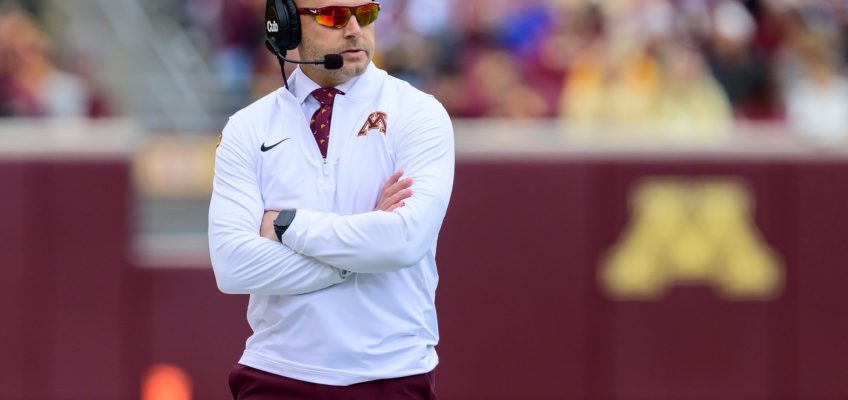By ELENA BECATOROS
ATHENS, Greece (AP) — Activists taking part in a flotilla seeking to break the Israeli blockade of Gaza said Wednesday that some of their boats were attacked by drones overnight while sailing south of Greece.
Related Articles
What to know about Typhoon Ragasa, the strongest storm of the year
Ukraine’s president says the world is in ‘the most destructive arms race in history’
Is AI a threat to jobs? A ‘Tomb Raider’ affair poses the question
Iran’s president blasts US, Israeli attacks for dealing ‘grievous blow’ to peace as sanctions loom
Europe has a Russian drone problem. Here are ways it could be solved
The Global Sumud Flotilla said it was attacked during the night by “unidentified drones and communications jamming.” It said that “at least 13 explosions” were heard on and around several flotilla boats, while drones or aircraft dropped “unidentified objects” on at least 10 boats.
No casualties were reported but there was damage to the vessels and “widespread obstruction in communications,” it added. Activists posted a brief video showing what appeared to be an explosion on or near one of the vessels. Greece’s coast guard did not report any distress calls.
The Israeli military did not immediately respond to questions regarding the attack.
The flotilla, which organizers say includes about 50 vessels and participants from dozens of countries, is carrying a symbolic amount of humanitarian aid, including food and medicine, for Palestinians in Gaza.
The Israeli Foreign Ministry has accused organizers of being linked to Hamas, an accusation organizers reject. Israel has proposed that the activists unload their aid in the Israeli port of Ashkelon for it to be transported into Gaza, saying it will not accept any breach of its blockade.
Italy sending a frigate
Italy condemned the attack and activated a navy frigate to be on hand for possible rescue operations, Italian Defense Minister Guido Crosetto said.
Crosetto said the Italian Navy’s frigate Fasan, which was sailing north of Crete, was “already heading towards the area for possible rescue operations.” Italy has informed Israel about the decision.
“In a democracy, demonstrations and forms of protest must also be protected when they are carried out in accordance with international law and without resorting to violence,” Crosetto said.
Italy’s Foreign Ministry meanwhile said its computer systems had been overwhelmed by a “mail bombing” campaign in which thousands of what it said were fake emails flooded its servers after the attack on the flotilla.
Earlier Wednesday, the Global Sumud Flotilla had sent out an urgent appeal to its supporters asking them to email the ministry demanding it take a firm position to condemn the attack on the flotilla, protect the participants and put diplomatic pressure on those responsible.
The emails “had the effect of hindering the work” of the ministry’s crisis unit, which has been the main point of contact for Italian citizens aboard the flotilla, the foreign ministry said in a statement.
Foreign Minister Antonio Tajani told lawmakers earlier this month he had personally called Israeli Foreign Minister Gideon Saar to urge Israel to respect the rights of Italian activists participating in the flotilla.
Tajani said at the time that 58 Italians were in the flotilla, including some lawmakers.
The European Union also warned against the use of any force.
“The freedom of navigation under international law must be upheld,” said Eva Hrncirova, a European Commission spokesperson.
UN Human Rights Office spokesperson Thameen Al-Kheetan called for an investigation, saying “attacks and threats against those trying to deliver aid to and support the hundreds of thousands of people in Gaza who are suffering famine and starvation defy belief.”
Defiant activists
Swedish activist Greta Thunberg, who is on board one of the boats, called the strikes a “scare tactic” and implored the flotilla’s supporters to stay focused on Gaza rather than on the activists.
“We were aware of the risks of these kind of attacks and that’s not something that’s going to stop us,” Thunberg said on a livestream. “The most important thing isn’t that we were hit by drones. Drones are something that Palestinians experience 24-7.”
Italian activist Simone Zambrin said drones “have been flying over our heads for days now” and on Wednesday “dropped devices at our boats, damaging both the sails and the hearing of some of our crew members.”
She said Israel was trying “to instill fear because it is afraid of our arrival.”
Supporters watch as a boat that is part of the Global Sumud Flotilla departs to Gaza to deliver aid amidst Israel’s blockade on the Palestinian territory, in the Tunisian port of Bizerte, Saturday, Sept. 13, 2025. (AP Photo/Anis Mili)
Greg Stoker, an American activist on board one of the boats, said in a social media post that the vessel’s radio communications also suffered interference, with the jammers playing an ABBA song over the radio channel the flotilla was using.
Attacks on the flotilla
The flotilla has reported several attacks since it set sail from Spain on Sept. 1, including two while some of its boats were in Tunisian waters.
Activists say it’s the largest attempt to date to break the Israeli maritime blockade of the Gaza Strip, which has now lasted 18 years, long predating the current war in Gaza. Israel says the blockade is needed to keep Hamas from importing arms, while critics consider it collective punishment.
The Italian fleet of the Global Sumud Flotilla departs from the port of Siracusa, Italy, Thursday, Sept. 11, 2025. (Sebastiano Diamante/LaPresse via AP)
The almost two-year war has killed more than 65,000 Palestinians, according to the Gaza Health Ministry. The ministry does not say how many were civilians or combatants, but says around half were women and children.
The world’s leading authority on hunger crises said last month that Israel’s blockade and ongoing offensive had already pushed Gaza City into famine. More than 300,000 people have fled the city in recent weeks as Israel has ordered the population to move south, but an estimated 700,000 remain, according to U.N. agencies and aid groups.
The war began on Oct. 7, 2023, when Hamas stormed into Israel and killed 1,200 people, most of them civilians, and took 251 others hostage. Israel says its operation in Gaza is aimed at pressuring Hamas to surrender and return the remaining 48 hostages, about 20 of whom Israel believes are still alive. Most of the rest were released in ceasefires or other deals.
Activists have launched several flotillas aimed at breaking the blockade over the years, nearly all of them intercepted by Israel. Another vessel said it was attacked by drones in May in international waters off Malta. An overland convoy traveling across North Africa also attempted to reach the border but was blocked by security forces aligned with Egypt in eastern Libya.
In 2010, Israeli commandos raided the Mavi Marmara, a boat participating in an aid flotilla attempting to breach the maritime blockade of Gaza, killing 10 Turkish activists in clashes on board.
Associated Press journalists Samuel Metz in Rabat, Morocco; Nicole Winfield and Patricia Thomas in Rome; Samuel McNeil in Brussels and Renata Brito in Barcelona, Spain, contributed to this report.




